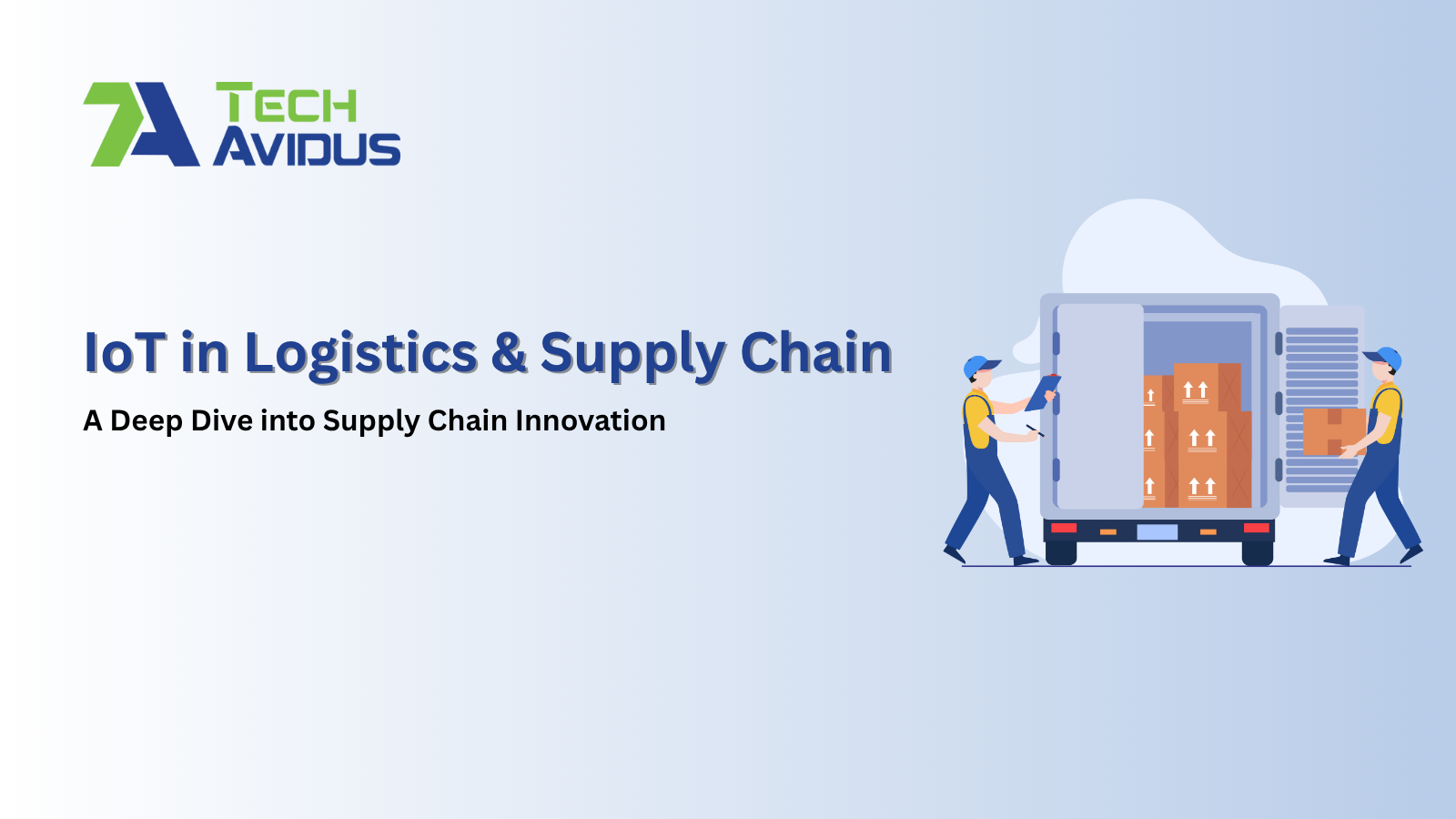
In today’s hyper-connected world, the Internet of Things (IoT) is no longer a futuristic buzzword—it's a transformative force in the logistics and supply chain industry.
With real-time visibility, predictive analytics, and automation, IoT in supply chain management is redefining how businesses deliver efficiency, accuracy, and speed. This blog explores the core components, benefits, applications, and challenges of implementing IoT across logistics networks.
IoT (Internet of Things) in logistics refers to the use of interconnected physical devices—like GPS trackers, sensors, and RFID tags—to gather and exchange real-time data across supply chain processes.
It answers pressing questions such as:
By embedding smart sensors into containers, vehicles, and warehouses, companies gain a live snapshot of goods in motion, helping reduce uncertainty and enable proactive decisions.
Stat: According to McKinsey, IoT could generate up to $1.6 trillion in annual economic value in supply chain and logistics by 2025.
Here’s what logistics professionals are achieving through IoT implementation:
IoT provides real-time tracking of goods, vehicles, and inventory throughout the supply chain. This visibility helps reduce uncertainty, delays, and miscommunication across stakeholders
eCommerce giants like Amazon and Flipkart use IoT to offer real-time delivery tracking to their customers—boosting satisfaction and operational control.
“How to ensure timely delivery in eCommerce supply chain?”
Solution: GPS + smart route optimization via IoT ensures timely deliveries with live ETA updates.
IoT sensors installed in fleet vehicles monitor engine health, temperature, and fuel use, enabling early detection of issues and reducing unplanned downtime.
“Can IoT predict truck maintenance needs?”
Yes. Telematics sensors monitor engine health, fuel levels, brake wear, etc.
Smart shelves, temperature sensors, and IoT-driven robots automate stock placement, environmental control, and order picking—boosting warehouse productivity.
IoT optimizes both in-transit and storage operations, providing “IoT solutions for warehouse management” - Through automation, humidity/temp monitoring, energy savings, and predictive inventory.
By minimizing manual labor, avoiding stockouts, and improving route planning, IoT helps companies cut fuel, labor, and inventory costs significantly.
Let’s explore the tech behind the transformation:

“How does GPS tracking help in fleet visibility?” - Fleet managers track exact vehicle locations, detect delays, reroute in real-time, and improve ETA accuracy.
Use case: Pharma & food delivery
IoT sensors constantly monitor temperature and humidity. Any deviation triggers automatic alerts.
IoT powers robotics, pick-and-pack systems, and smart shelving.
“IoT for last-mile delivery optimization?” - Drones and AGVs (Automated Guided Vehicles) reduce manual effort and speed up local deliveries.
Machine learning + IoT helps predict demand vs. stock in real-time, preventing under- or over-stocking.
“How to reduce breakdowns using IoT in logistics?” - Use telematics to flag issues before they become failures, saving time, money, and customer trust.
Implementing IoT comes with its hurdles:
Tip: Start small—pilot in one area (e.g., fleet tracking) before scaling.
IoT in logistics and supply chain isn’t just an upgrade—it’s a necessity for modern operations. From real-time tracking to predictive analytics, IoT enables supply chain leaders to be proactive, customer-centric, and cost-efficient.
If you're looking to implement IoT-based solutions, the best way to start is with a free consultation to analyze your operations and identify the most impactful use cases.
1. Why can't I track my freight status live?
Because your fleet lacks GPS-enabled IoT devices or centralized software. Real-time tracking needs integration with IoT sensors.
2. How to improve logistics transparency in the supply chain?
Use GPS trackers, RFID, and IoT-enabled dashboards to gain end-to-end visibility across shipment stages.
3. How to ensure timely delivery in eCommerce supply chains?
Use route optimization tools powered by IoT to adjust for traffic, delays, and reassign deliveries dynamically.
4. How does GPS tracking help fleet visibility?
It allows logistics teams to monitor real-time vehicle movement, delays, route deviations, and estimated delivery times.
5. Can IoT help reduce logistics costs?
Yes. It reduces wastage, automates tracking, minimizes downtime, and improves warehouse throughput.

Keshu Keshvala is the Chief Marketing Officer at TechAvidus — a trusted software development company based in India, specializing in AI-powered web, mobile, and custom software solutions. With 10+ years of experience in the IT and software development industry, Keshu has played a key role in delivering enterprise-grade digital solutions that help clients reduce costs, improve efficiency, and achieve optimal results tailored to their business needs.
Our Top 1% Tech Talent integrates cutting-edge AI technologies to craft intelligent, scalable, and future-ready solutions.
All Rights Reserved. Copyright © 2025 | TechAvidus